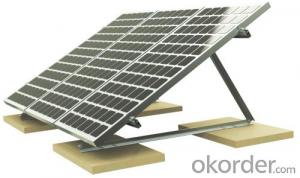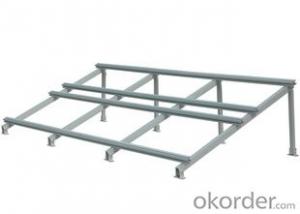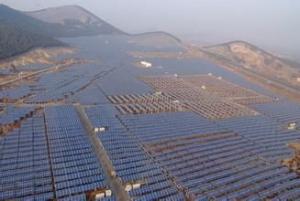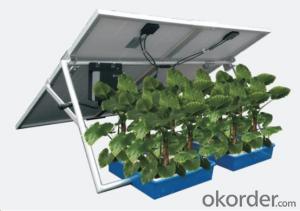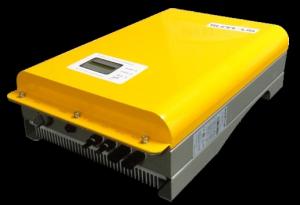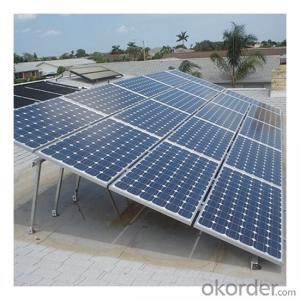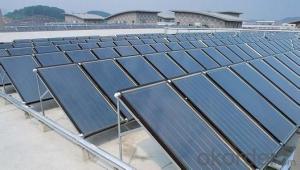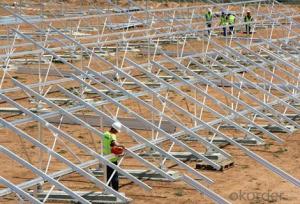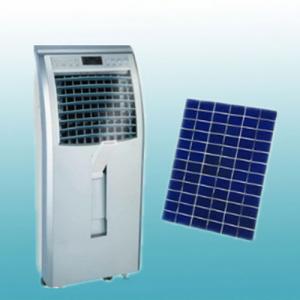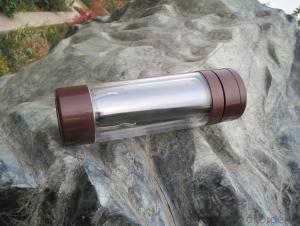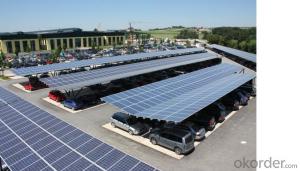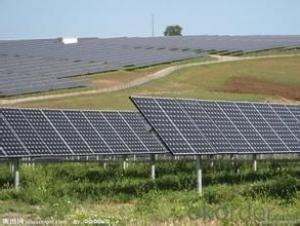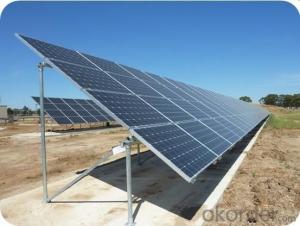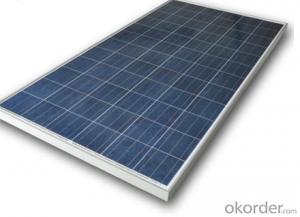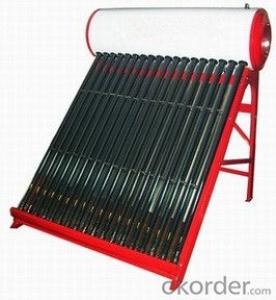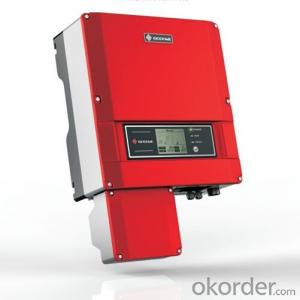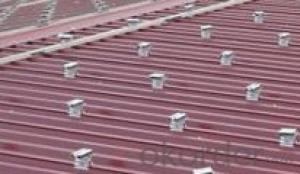Fronius Inverter Solar System
Fronius Inverter Solar System Related Searches
Fronius Solar Inverter Solar Fronius Inverter Fronius Solar Power Inverter Fronius Hybrid Solar Inverter Fronius Solar Hybrid Inverter Fronius Primo Solar Inverter Solar Inverter Fronius Price Fronius Solar Inverter Price Fronius 3 Phase Solar Inverter Fronius Solar Inverter 3kw Fronius Solar Inverter 10 Kw Inverter Solar System Solar Inverter System Micro Inverter Solar System Solar Power Inverter System Hybrid Inverter Solar System Inverter Solar Systems Solar Electric Inverter System Phocos Solar Inverter Solar Inverter Systems Home Solar Inverter System Hybrid Solar Inverter System Frontier Solar Inverter Solar Hybrid Inverter System Magnum Inverter Solar Magnum Solar Inverter Siemens Solar Inverter Germany Solar Inverter Solar Inverter Cooling System Austrian Solar InverterFronius Inverter Solar System Supplier & Manufacturer from China
The Fronius Inverter Solar System is a comprehensive solution for harnessing solar energy, encompassing inverters, monitoring systems, and storage solutions. These products are designed to optimize the performance of solar power installations, ensuring efficient energy conversion and reliable operation. The Fronius Inverter Solar System is widely used in residential, commercial, and industrial settings, where it plays a crucial role in reducing energy costs and promoting sustainability. The system's advanced technology and user-friendly interface make it a popular choice for those looking to transition to clean, renewable energy sources.The Fronius Inverter Solar System is ideal for various applications, including grid-tied systems, off-grid systems, and hybrid systems. It is particularly useful in areas with high solar irradiance, where the potential for energy generation is maximized. The system's versatility allows it to be tailored to specific needs, whether that be for a small home or a large-scale commercial operation. The Fronius Inverter Solar System's ability to integrate with existing electrical infrastructure and its compatibility with various solar panel types make it a flexible and adaptable solution for a range of energy needs.
Okorder.com is a leading wholesale supplier of the Fronius Inverter Solar System, offering a vast inventory of components and accessories to meet the demands of customers worldwide. With a commitment to quality and customer satisfaction, Okorder.com ensures that each Fronius Inverter Solar System is thoroughly tested and inspected before being shipped to its final destination. This attention to detail and dedication to service has made Okorder.com a trusted source for solar energy solutions, providing businesses and individuals with the tools they need to harness the power of the sun and contribute to a more sustainable future.
Hot Products
